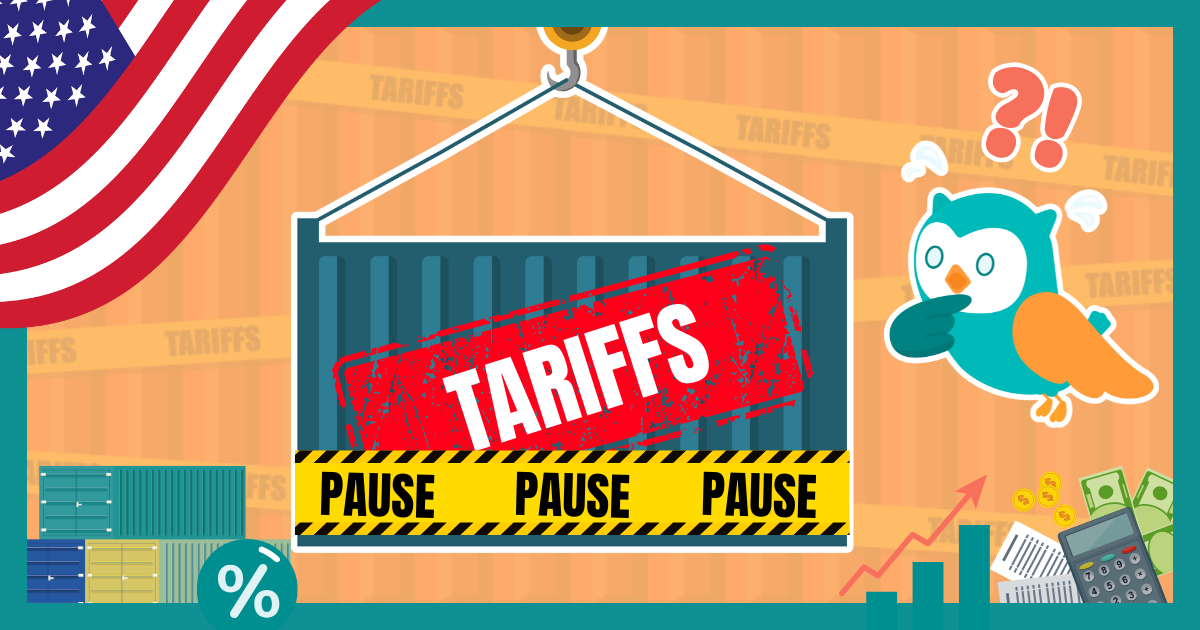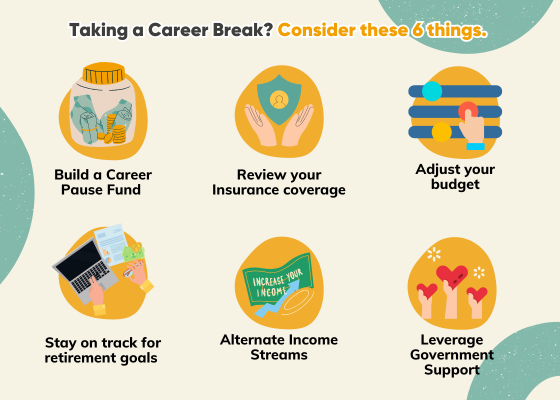Note: It was announced in November 2023 that MoneyOwl will be acquired by Temasek Trust to serve communities under a re-purposed model, and will move away from direct sale of financial products. The article is retained with original information relevant as at the date of the article only, and any mention of products or promotions is retained for reference purposes only.
______________
Still deciding whether term insurance or whole life insurance is more suitable for you?
Let me share with you a story.
Mark is a good friend of mine. Some years back, he had the opportunity to build his dream house on a piece of land given to him by his grandfather and he had a budget of $1 million. After many months of construction and renovation, it was finally completed. When Mark invited us for his housewarming, we were all shocked to see the house. The entire building was badly done and aesthetically not pleasant. His wife and daughters were also unhappy with this new house and wished they hadn’t moved at all. So, what actually happened?
You see, when Mark started the building project, he spoke to many different professionals and everyone he spoke with had different ideas for him. One of these professionals was a friend who works for a fire safety company. He started sharing with Mark on the importance of fire safety and the various fire incidents that took place over the course of his decade-long experience in this industry. He shared horror stories about how fires destroyed not just properties but also caused many lives to be lost as a result of poor fire safety planning. As a result, Mark appointed his friend to develop a fire safety plan for his new home. This comprehensive plan came with recommendations to get all the expensive fire alarms and detection systems, fire extinguishers, sprinklers, and other high-tech suppression systems.
Because Mark followed the plan to the tee, he installed sprinklers on the ceiling of every room and added different types of fire extinguishers on every single wall in the house. On top of that, Mark has tens of spare fire extinguishers kept in his storeroom, just to cover all the possible risks. The only problem is this, this plan will cost up to 60% of the $1 million budget that Mark had for his house. If he spends any less, it will not cover the risks fully. The advantage of this plan is that after 10 years, Mark can sell back the equipment back to his friend’s company for a reasonable sum. Mark’s friend convinced him that the best thing he could do for his family is to cover the fire risks fully. Mark trusted this friend and executed the entire plan. As a result, Mark didn’t have enough budget to appoint an interior designer. He also opted for lower-quality materials to build and furnish his house. Instead of concrete walls inside the house, he chose to use low-cost MDF (Medium Density Fiberboard) that is combustible and susceptible to moisture as well as wood-destroying fungi and termites.
Today, Mark has a house that covers all possible fire risks but ironically, lives in a house with materials that are low in fire resistance, and is both unattractive and uncomfortable. Above all, his family is not happy staying there. However, Mark is insistent he made the right decision as he will recoup some of the money when he sells back the equipment in 10 years’ time.
I am sure many of you will find this story incredulous and cannot believe that Mark will make such an unwise decision. Yet, when it comes to building our own “financial house”, many of us use the same approach. Let me explain.
Our financial house is life goals that we want to achieve in our lifetime, such as living a comfortable life now and also at retirement. The fire risk is life risks that may destroy our goals, such as loss of income due to death, disability, and a medical crisis, as well as huge medical expenses one may incur. The fire safety plan is an expensive whole life insurance plan which, in many cases, is unnecessary.
When you are doing your insurance planning, you should start by asking yourself three questions:
- How long do you need the insurance cover?
- How much insurance cover do you need?
- What type of insurance to buy, after answering the first 2 questions
How long do you need insurance cover?
The most common risk that we face is the loss of income due to death, disability, and a medical crisis. So, if we are buying insurance for this purpose, when we don’t have or no longer have dependants and when we are retired, there is no need for this coverage. Our need for this kind of insurance is therefore temporary and not permanent.
The next most common risk that we face is incurring huge medical expenses (whether it is for hospital expenses or for alternative treatment) in the event of a medical crisis. If you are buying insurance for this purpose, then you will need the insurance for as long as you live. Our need for this kind of insurance is therefore permanent and not temporary.
There are other needs when one buys insurance. The lack of space does not allow me to cover them all. But as a rule of thumb, for most of the higher priority needs, you will only need it for a period of time and not permanently.
How much insurance cover do you need?
Let’s use the case of Peter (table 1) who is aged 45 and has 2 children with the following needs:

We can also assume that upon facing a medical crisis, such as being diagnosed with cancer, Peter wants to ensure he has an amount that is equivalent to 3 years of his income ($360,000) paid by insurance. This is so that if he can’t work, his family can live normally. As such, he will need to purchase a critical illness plan with a sum assured of $360,000.
What type of plan to buy?
Based on Peter’s need, these are the types of plans available (table 2)

Due to the constraints of space, I have not worked out the numbers for the insurance needed to pay for medical expenses, such as alternative medicine. But already with the above, you will see how expensive it is if Peter uses whole life plans to cover the most basic need of replacing income loss due to death, disability, and a medical crisis. I have not even considered buying insurance to pay for medical expenses, such as alternative treatments (which is when you will need whole life plans). And if Peter buys a smaller whole life plan to fit his budget, he will not be sufficiently covered. If he buys the full coverage, it takes up a large portion of his income that he does not leave enough to live a meaningful life now and also plan for his retirement. Yes, with whole life, he can get some money back later if he surrenders the policy in his later years. But what is the point of that when you cannot even achieve your goals now? Can you see Peter (and many of us) making the same mistake as Mark?
I have been advocating the use of term plans since 2003. Why do I continue to do so? It is not because there are no uses for whole life plans. It is just that for most of our insurance needs, it can be easily solved through term insurance. Whole life plans are expensive and unnecessary. However, almost 18 years later, I still hear of many buying whole life plans for all the wrong reasons and risk building their financial house wrongly. Insurance is a contingency plan, not a goal. You really don’t want to use it. But if you spend a large proportion of your budget on it, the only way to achieve your goal is for the contingencies to happen. And as most of you will agree, that’s silly.
True to what we believe in, of all the insurance policies sold in 2020 by MoneyOwl, more than 70% of them were term insurance. These comprised life protection, critical illness, disability income, and hospitalisation plans. In comparison, 8% of the policies sold were whole life insurance. What’s more, at least three companies had lowered the premiums and/or gave discounts on their terms plans last year which made it so much affordable for our clients to get the coverage they need. For example, a 30-year-old can get covered for $1 million for as low as $50 to $60 per month. Not only does this buy you peace of mind, but it also gives you more resources to enjoy your life today or to invest in your future.
And by the way, if you suspect that the story of Mark is fictitious. You are right. It is a parable.
Want to find out more about term insurance versus whole life insurance? Download our exclusive e-book here!
Christopher Tan is CEO of Providend, a fee-only retirement financial adviser. This article was first published in February 2020 and updated in July 2021.
Announcement: With effect from 1 June 2022, MoneyOwl is a 100% NTUC Enterprise (NE)-owned company.




